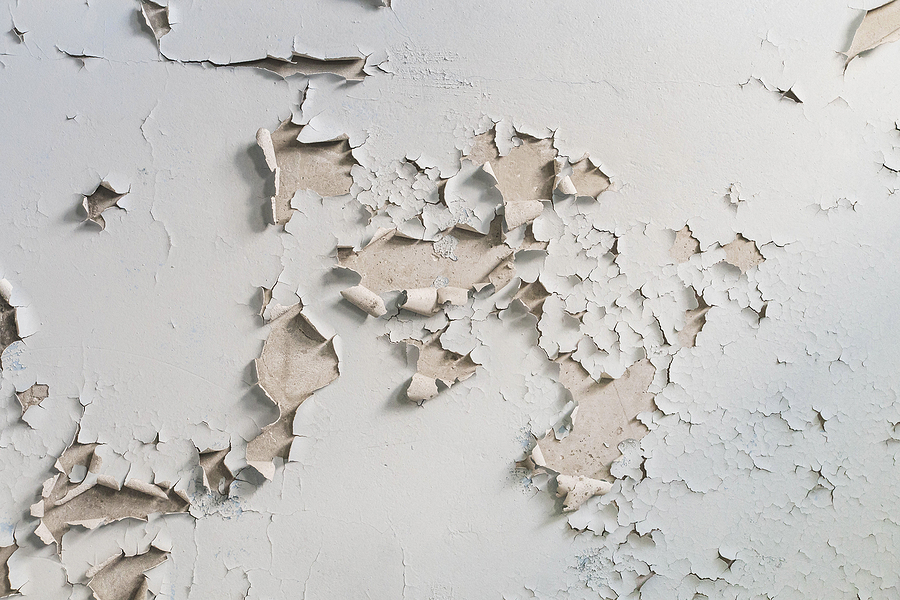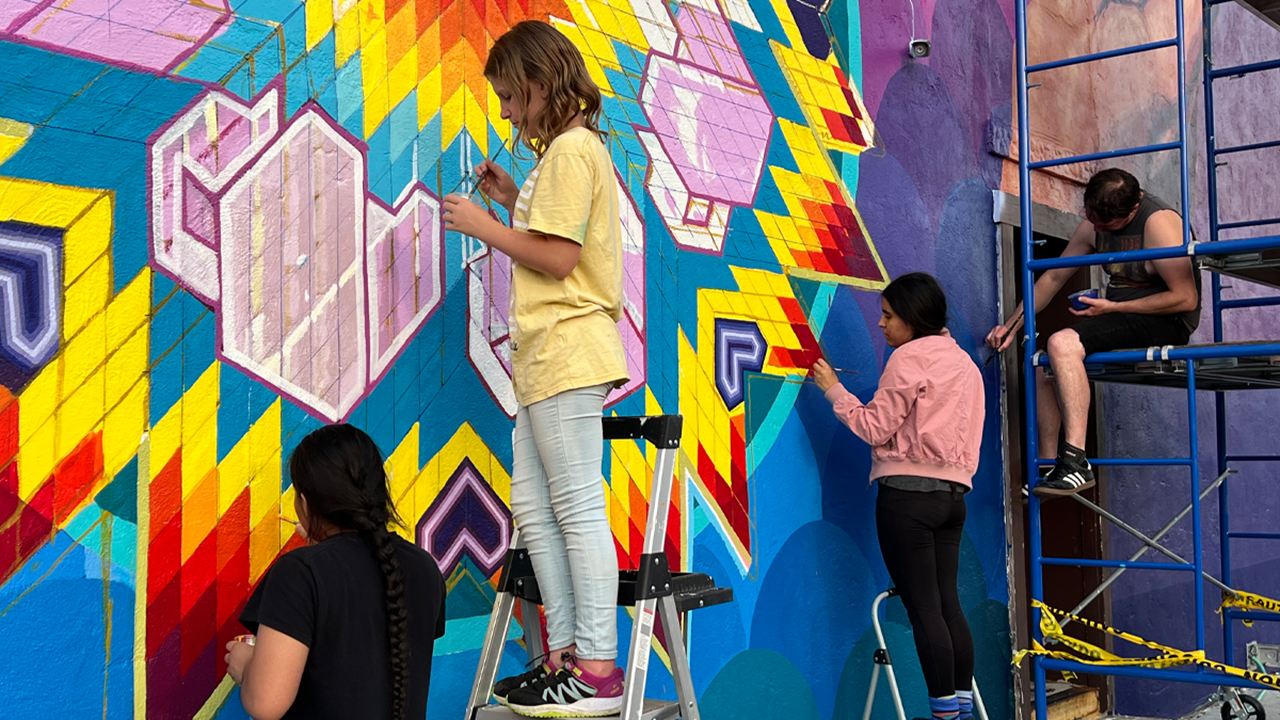How to Create a Painting from a Personal Photo: A Guide for Professional Photographers
In the evolving world of photography and art, professional photographers are constantly seeking innovative methods to transform their work into breathtaking pieces of art. One of the most intriguing ways is learning how to create a painting from a personal photo. This method not only elevates your photography to a new artistic realm but also opens up new realms of creativity and artistic expression. In this article, you'll discover the essential steps, tools, and techniques to turn your photographs into extraordinary paintings, right from the comfort of your studio.

Understanding the Basics of Photo-to-Painting Conversion
Before we delve into the process, it's essential to understand what this conversion entails. The journey from photo to painting involves transforming your photograph's realism into a more expressive, artistic portrayal. It requires a balance between maintaining the essence of the photo while injecting it with the emotional and creative nuances that define a painting. This transformation allows photographers like you to explore a hybrid domain where photo-realistic painting meets photo-based painting.
Choosing the Right Software and Tools
For professional results, selecting the right software is crucial. There are several advanced software options available that provide a wide array of tools for creating paintings from photos. Software like Adobe Photoshop, Corel Painter, and ArtRage offer extensive features, allowing for precise brush control, layering, and texture application. They also support various styles such as watercolor, oil painting, and digital painting, providing a range of artistic possibilities to suit your creative vision.
For more insights on software choices, check out this guide on digital photo painting.
Step-by-Step Process to Transform Your Photo
Selecting the Perfect Photo
The first and most crucial step is choosing the right photo. Aim for images with good composition, lighting, and subject interest. Avoid cluttered backgrounds and focus on high-quality images that inspire creativity. You might want to consider how to choose a photo for painting before converting it.
Preparing Your Image
Once you have selected the image, import it into your chosen software. Adjust the image settings as needed, such as contrast, brightness, and cropping, to enhance the overall quality and focus of the artwork. This preparation lays the groundwork for a smoother transition from photo to painting.
Applying Brushes and Techniques
The essence of painting lies in the choice of brushes and techniques. Experiment with different brush types to replicate the strokes found in traditional paintings. Adjust the opacity, thickness, and flow settings to refine your style, allowing your artistic vision to come to life. Many techniques can be applied, from layering to blending, to achieve desired effects.
If you're seeking inspiration or an example of different painting styles, consider exploring examples of photo-based paintings.
Why Convert Photos to Paintings?
Converting photos into paintings offers professional photographers an expanded portfolio that taps into both traditional and contemporary art forms. One of the most significant advantages is the unique touch it adds to your work, capturing emotions and perspectives that pure photography might miss.
Additionally, photo-based art has gained popularity in art collections and exhibitions. It offers a modern appeal while maintaining traditional technique and craftsmanship. To gain a different perspective, you might want to read this article on whether painting from photos is considered cheating.
Conclusion
For professional photographers, the skill of turning a personal photo into a painting is not just an artistic endeavor, but an opportunity to express a deeper narrative through your work. By following these steps and continuously experimenting with tools and techniques, you can create stunning paintings that stand out in both the photography and art communities. The blend of photographic precision and the expressive touch of paintings can transform your personal photos into timeless masterpieces.

FAQs
What software is best for turning photos into paintings?
Adobe Photoshop and Corel Painter are two popular choices among professional photographers and artists for their extensive features and customizable options.
Is it possible to achieve a realistic painting-style effect using digital tools?
Absolutely! With advanced digital brushes and layering techniques, realistic painting effects can be achieved to mimic traditional styles closely.
Where can I get inspired by existing photo-based paintings?
Exploration is key. Check out galleries or online resources like Photography Beyond the Moment to find new inspiration and ideas for your projects.

